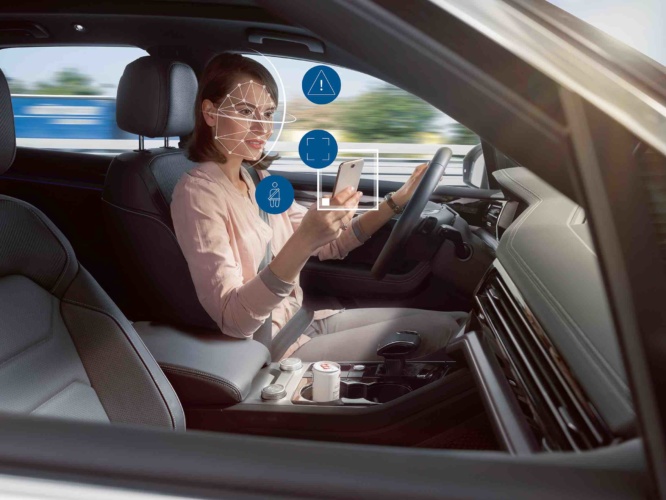
Developed by engineers at Bosch, the technology – which is scheduled to go into production in 2022 – uses a camera integrated in the steering wheel to detect when a driver’s eyelids are getting heavy, when they are distracted, and when they turn their head toward their passenger or the rear seats.
Nissan brain to vehicle tech helps cars learn from drivers
JLR technology monitors brainwaves for alertness
Intelligent image-processing algorithms and machine learning technologies - trained using real-world examples - are then able to make a judgement on how tired the driver is on the basis of factors such as eyelid position and eye-blink rate.
According to Bosch, if the system determines that the driver is tired or distracted, it will then provide an alert or warning and use the driver assistance systems to intervene. “If the car knows what its driver and occupants are doing, driving will become safer and more convenient,” commented Harald Kroeger, member of the Robert Bosch GmbH board of management.
The system also uses a camera mounted above or below the rear-view mirror to monitor the other passengers in the car. This is able to detect whether children in the back of the car have carelessly unfastened their seat belts, or whether someone is sitting in such a way that the airbags and seat tensioner wouldn’t protect then in the event of an accident.
As well as improving levels of safety, the technology is also expected to play an important role addressing a fundamental problem of self-driving cars, by helping the vehicle to make a safe judgement on when to hand over responsibility to a human driver after a period of autonomous operation.










McMurtry Spéirling defies gravity using fan downforce
Ground effect fans were banned from competitive motorsport from the end of the 1978 season following the introduction of Gordon Murray's Brabham...